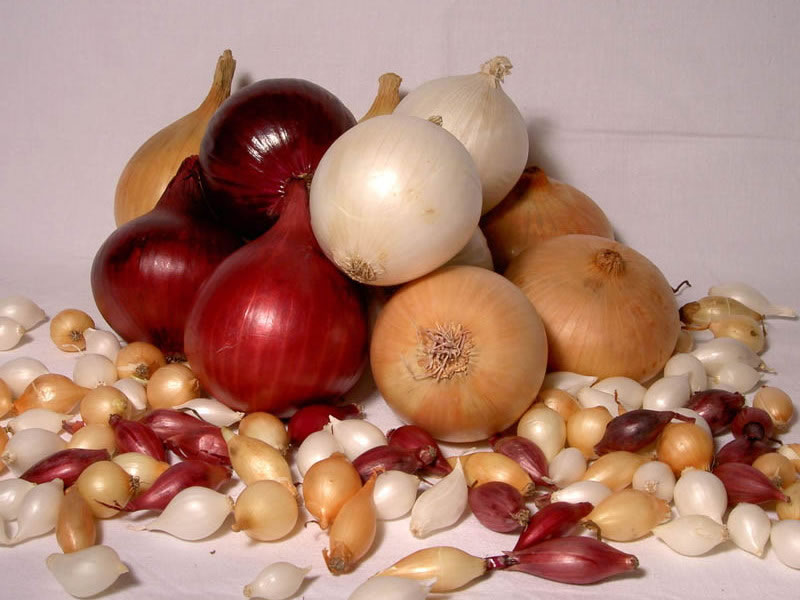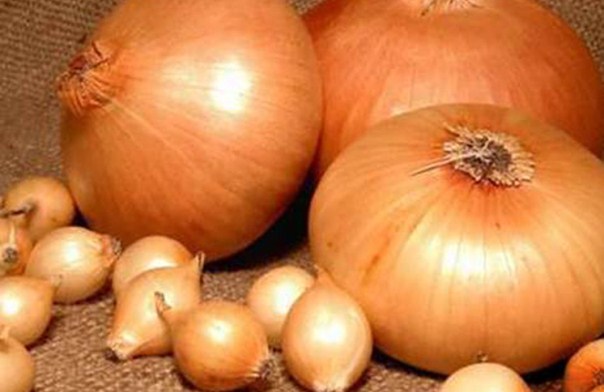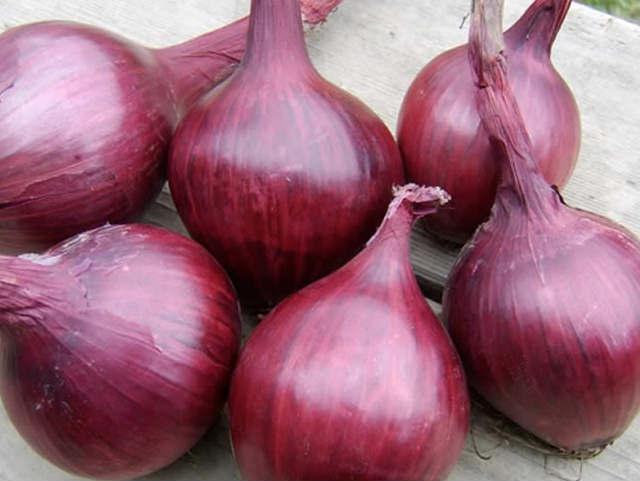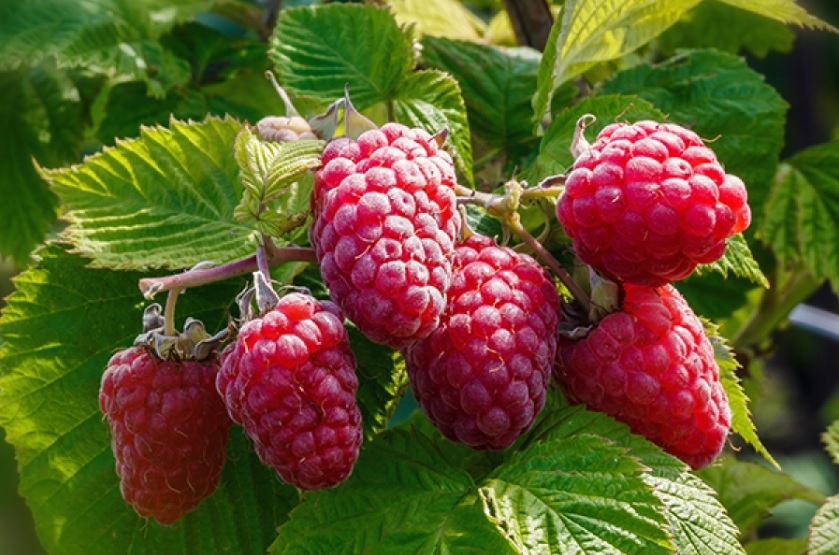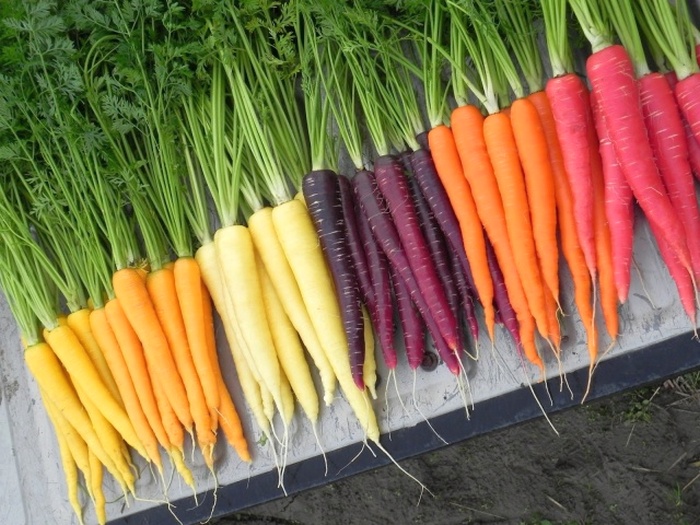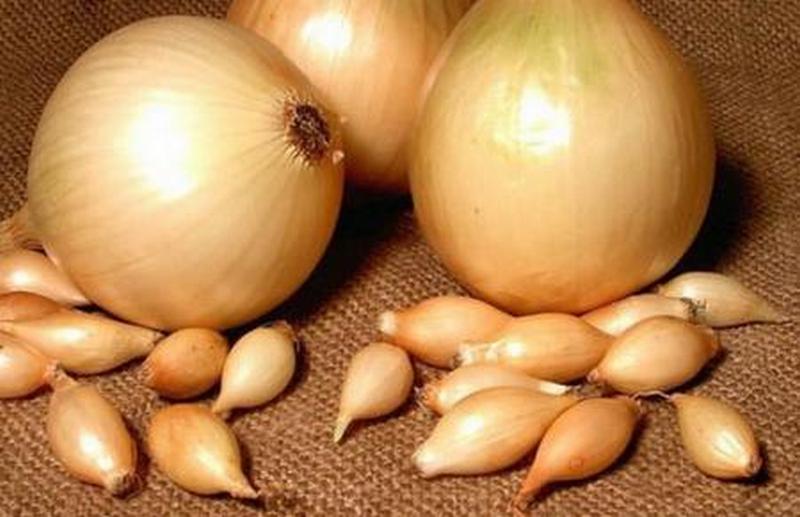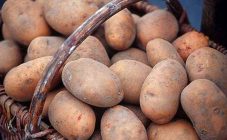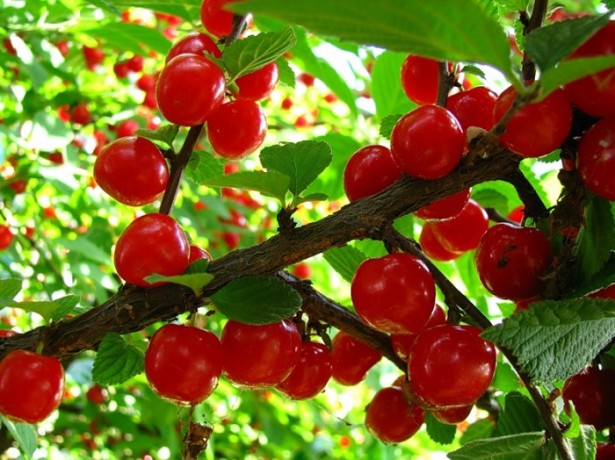Content:
Onion sets are planted in the spring to produce onions, but in Siberia, drought may set in. Then it takes root and grows poorly, because it needs moist soil. There is also a winter onion that is planted on the eve of the cold season. It has some of the benefits of being weather resistant. But we are talking about such a culture, the cultivation of which is carried out in a two-year turnover. First, they sow seeds ("nigella"), getting small bulbs by autumn. This is the set, which is stored in warm conditions in winter, and planted in the garden in the spring. The following autumn produces large-sized bulbs that are marketable, suitable for storage and consumption.
Onion sets for Siberia
Previously, residents of the Siberian region had no problems with the choice of sevka They could plant their blanks, which were kept until spring, or they bought Siberian onions as a material in a store, in a market where the Strigunovsky variety was mainly on sale. Sometimes a set was sold without a name. Now there is a choice, in connection with which it is necessary to distinguish the properties of varieties in order to correctly acquire the right one for your farm.
The offer consists of the following 5 varieties for planting in soil:
- Stuttgarter Riesen;
- Shturon;
- Red Baron;
- Orion;
- Centurion.
It is also recommended to study what cultures may appear under similar names. After all, you need to be sure that the seedlings will give a high-quality harvest. A firm from Holland - Mosselman is engaged in breeding such varieties. It is the leading enterprise in Europe for the production of onion sets. The varieties can be called the best, they are sold by the company to many countries.
Description of onion varieties for Siberia
Describing onion sets, the best varieties for Siberia produced by the Mosselman agrofirm, it must be said about the reliability of the planting material. The quality offered to the local gardeners allows them to store the bulbous stock without fear of troubles associated with the weather regime. Strict adherence to temperatures is not necessary. These best varieties of onions intended for Siberia are optimized for wintering from purchase to spring planting. As a result, the turnip harvest is of excellent quality.
The suggestions from specialists take into account the specific climate conditions. With this approach, it is clear that the varieties of onion sets for Siberia must be resistant to harsh soil and weather. The open ground here is poor podzolic soils. Summer lasts a short period during which the crop must mature and also be able to withstand storage over the entire long winter season.
Unpretentious care, in relation to watering, feeding and weeding, is also needed by gardeners. Disease resistance is required. All these criteria are inherent in the indicated varieties. These, as well as some domestic varieties of sets, are represented by the following onion list (Siberian onion, its description):
- Stuttgarter risen has long been grown in Siberia. There are numerous positive reviews about him, since the culture is distinguished by unpretentiousness, resistance to disease. Can be stored for a long time. The bulbs are round-flat, yellow in color, with a sharp taste. Stuttgarter Riesen is not afraid of peronosporosis (powdery mildew);
- Chuvash onion, the trade description of the variety of which often goes like Stuttgarter rizen, differs from the latter in less rigidity and bitterness. Quite in demand in the market;
- Improvement of the previous variety Stuttgarter Riesen led to the development of the Centurion and Shturon, which have a smaller, rounded bottom. Productivity, early maturity and lack of difficulties in care are also present;
- Orion is spicy, with a yellow round bulb. Gives a good harvest, disease resistant;
- Red Baron is good for barbecue, marinade, has a spicy taste. It has red outer scales and pink inner scales, it perfectly complements the salad, the second course. A medium-sized, rounded bulb cannot last long;
- The Timiryazevsky variety has existed for a long time, but there is a demand for it. This is a precocious set with white scales. Its maturity depends on the weather;
- The Siberian One-Year onion reaches ripeness after 2.5 months. Such a ripening period for him when planting with sevk. It is grown from seeds in 100 days. Features: flat or somewhat rounded onion with a yellow tint and up to 200 grams in size. Stores well, resistant to arrow formation;
- Carmen MC is a new variety with purple scales with a slightly pungent taste, medium density of 2-3 bulbs per nest. Their shape is flat-rounded, weighing up to 120 grams. Sevok of this variety is obtained by two-year cultivation;
- The Dutch variety Sturon is distinguished by its resistance to diseases, the ability to be stored for a long time. It is also fruitful, of medium ripening, intended for cultivation in the northern regions. Good for food and commerce. Unilocular bulbs up to 180 grams;
- Hercules F 1 is also bred in Holland. It is high yielding and medium early, with dry, dense scales. The variety has a yellow-brown color, it grows up to 130 grams. Strong roots, drought tolerant;
- Shallot has been grown in Siberia not so long ago. This is a biennial plant with a delicate taste, forming a nest of several bulbs (family), with a total weight of up to 200 g. Therefore (similarly to a set), you can take any head for growing.
How to plant onion sets in Siberia in open ground
For planting, you need to choose a site in the fall. Under Siberian weather conditions, even resistant varieties can be destroyed, like other crops. The bow prefers lighted places, you need to open it to the sun. The vegetable garden sector must be ventilated.
Sevok grows well after squash, cabbage and legumes. Weeding is done, and then small onion sets are used for the Siberian region. The varieties are distinguished by their strength and fast head formation. Arrows can give coarse material, so they sow no more than medium-sized ones. Siberian conditions require pretreatment against disease. For 5 liters of water, take 2 tbsp. l. rock salt and soak the set for a day. Then it is kept in a weak solution of manganese for a quarter of an hour, after which it is planted.
Having chosen the best varieties of onions intended for Siberia, agricultural work is carried out in May. The exact date depends on the heating of the soil from 8 ° C or more. They make meter-wide beds, with a distance of 10 cm between plants. Sow 2 cm in depth, pre-moistening and loosening the soil, removing weeds. Crops are mulched, watered as they dry until the first leaves. After the appearance of three feathers, organic matter is introduced, if a green part is needed, and mineral fertilizers for the development of the bulbs.
Onions of any kind contain a lot of vitamins. This is especially C, which is indispensable for supporting the body in the cold period against colds. Therefore, it is not only a decoration for dishes, a seasoning, but also a gastronomic health benefit.
